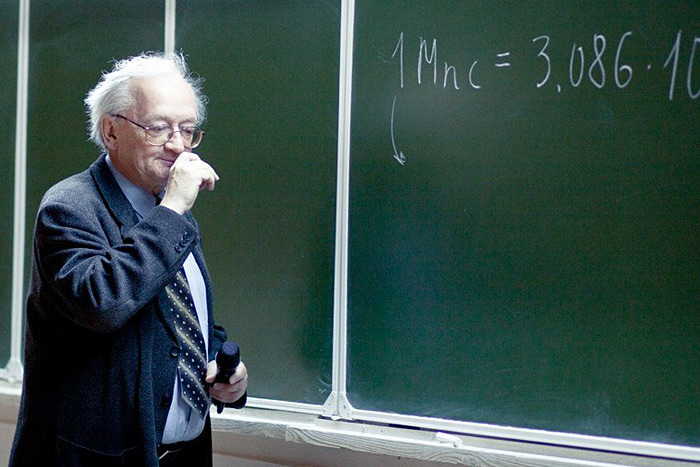
‘A Physicist Has to Be a Romantic’
Alexey Starobinsky, a professor of physics at HSE University and a fellow at the Landau Institute for Theoretical Physics at the Russian Academy of Science, has been awarded the Dirac Medal of the ICTP, a prestigious prize awarded annually by the Abdus Salam International Center for Theoretical Physics. HSE News Service spoke with the laureate about his path to international recognition, his students, and the award.

HSE Open House: Where Physicists Study
Students in the Faculty of Physics, one of the newest departments at HSE, will find a homey atmosphere, understanding teachers, and the opportunity to engage in science from the first year of studies. Physics students Arslan Galiullin (2nd year) and Sofia Lopatina (1st year) will be our guides for this instalment of the Open House project.
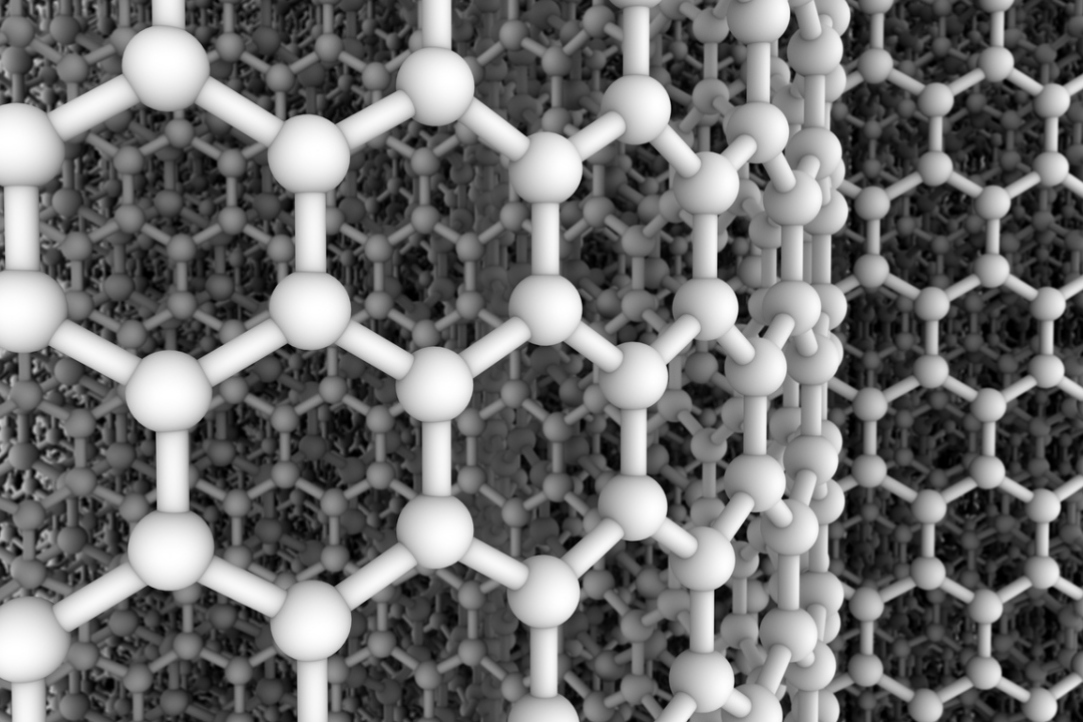
HSE University to Launch First Experimental Physics Laboratories
The HSE University competition committee has announced the winners of an international competition for new physics laboratory proposals. Two proposed projects were selected: the Laboratory of van der Waals Heterostructures, headed by Davit Ghazaryan, and the Laboratory of Nanophotonics and Functional Materials, headed by Andrey Krasavin.
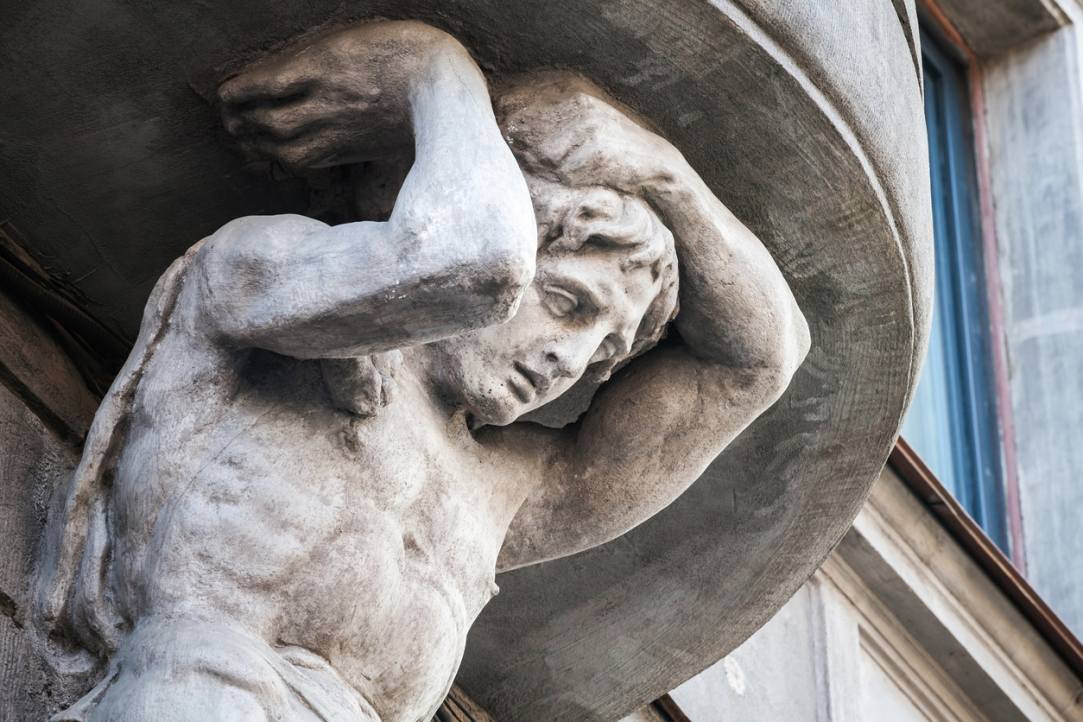
Scholars Investigate How Mirror Activity Works
A team of researchers from Germany and Russia have demonstrated that long contraction of muscles in one hand increases involuntary reaction of the other one. Meanwhile, the time between muscle contractions in both hands decreases. The results of the study have been published in the paper ‘Inverse relationshipbetween amplitude and latency of physiological mirror activity during repetitive isometric contractions’ in Neuroscience.
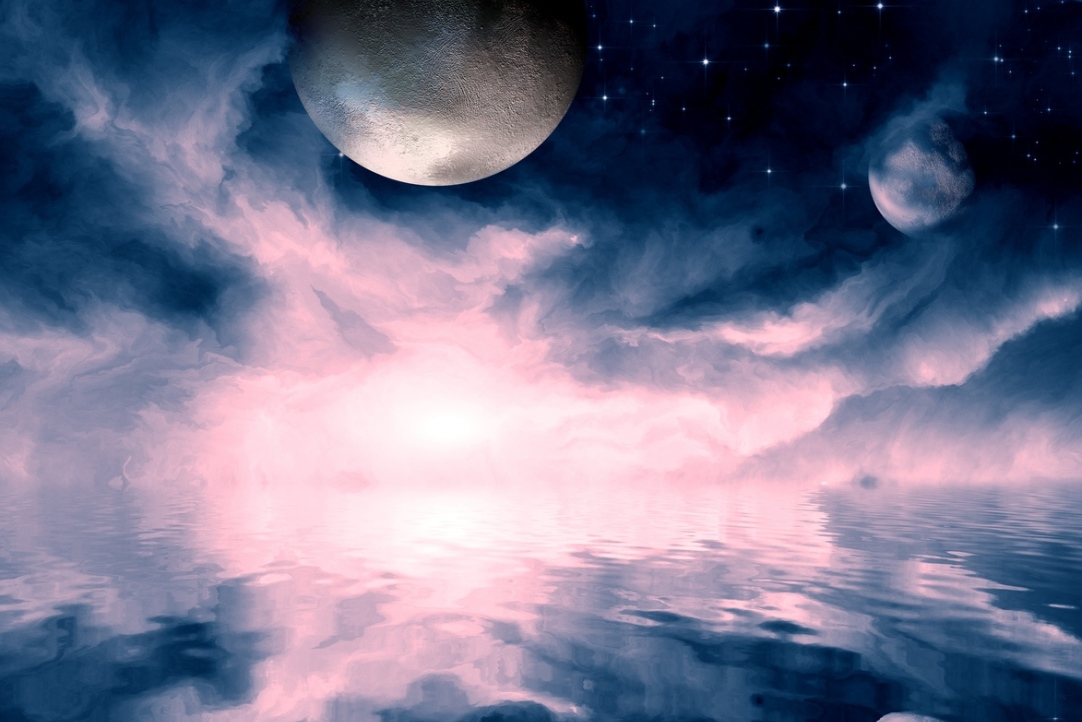
Russian Scientists Discover One of the Mechanisms of Water Formation on the Moon
The results of recent study conducted by the NASA Lunar Reconnaissance Orbiter, the agency’s automatic interplanetary station, show the existence of a ‘permafrost’ near the poles of the Moon with a relatively high content of water ice (up to 5% by weight). It is believed that water ice could supply a life support system for the future Russian Lunar Station and that it could also produce hydrogen-oxygen fuel for flights into deep space.
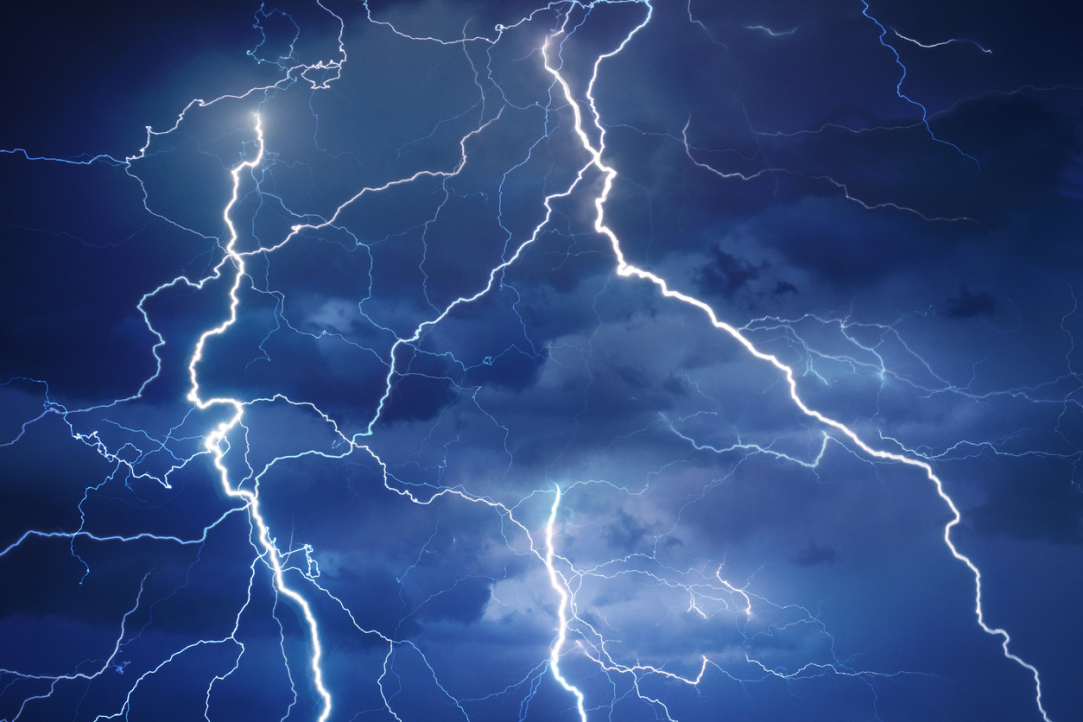
MIEM HSE Scientists Come Closer to Unraveling the Mystery of Cloud Lightning Movement
At the general meeting of the Russian Academy of Sciences (RAS), held on April 23, research by Alexander Kostinskiy, Vladimir Rakov and Mikhail Andreev conducted in collaboration with their colleagues from academic institutes on the modeling and development of lightning was acknowledged as one of the most significant Russian scientific achievement in 2018.
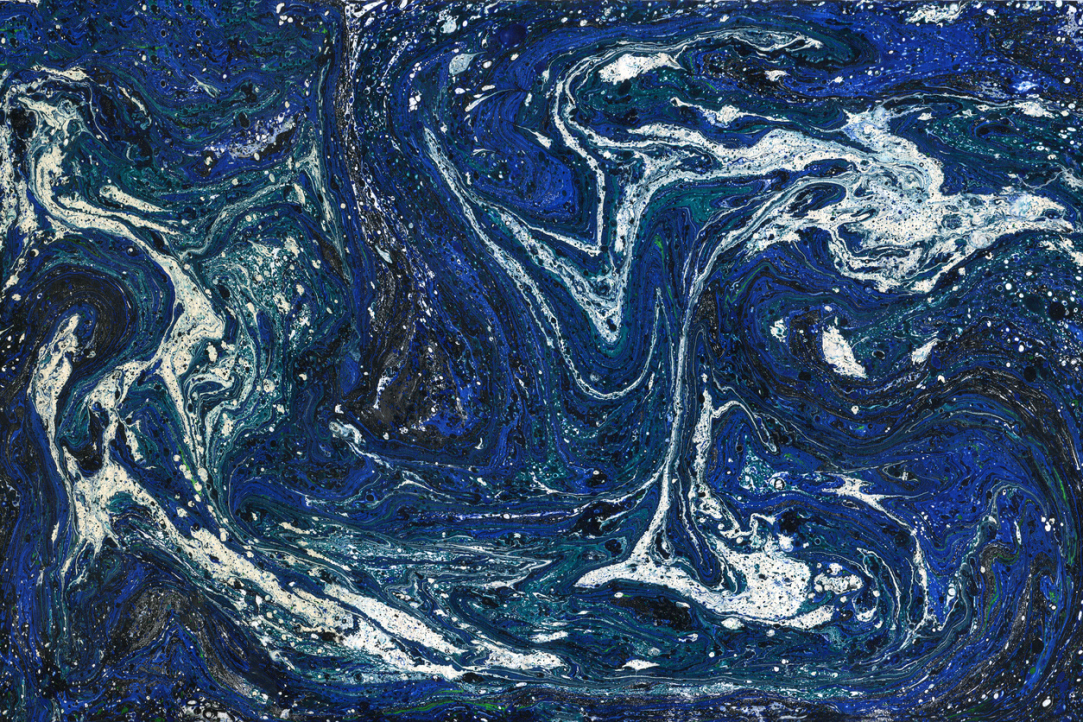
Researchers Discover CP Violation in Charm Meson Decays
Researchers from HSE University and Yandex, as part of the LHCb collaboration at CERN, have been the first to discover CP violation in charm meson decays.

Artificial Intelligence Learns to Predict Elementary Particle Signals
Scientists from HSE University and Yandex have developed a method that accelerates the simulation of processes at the Large Hadron Collider (LHC). The research findings were published in Nuclear Instruments and Physics Research Section A: Accelerators, Spectrometers, Detectors and Associated Equipment.
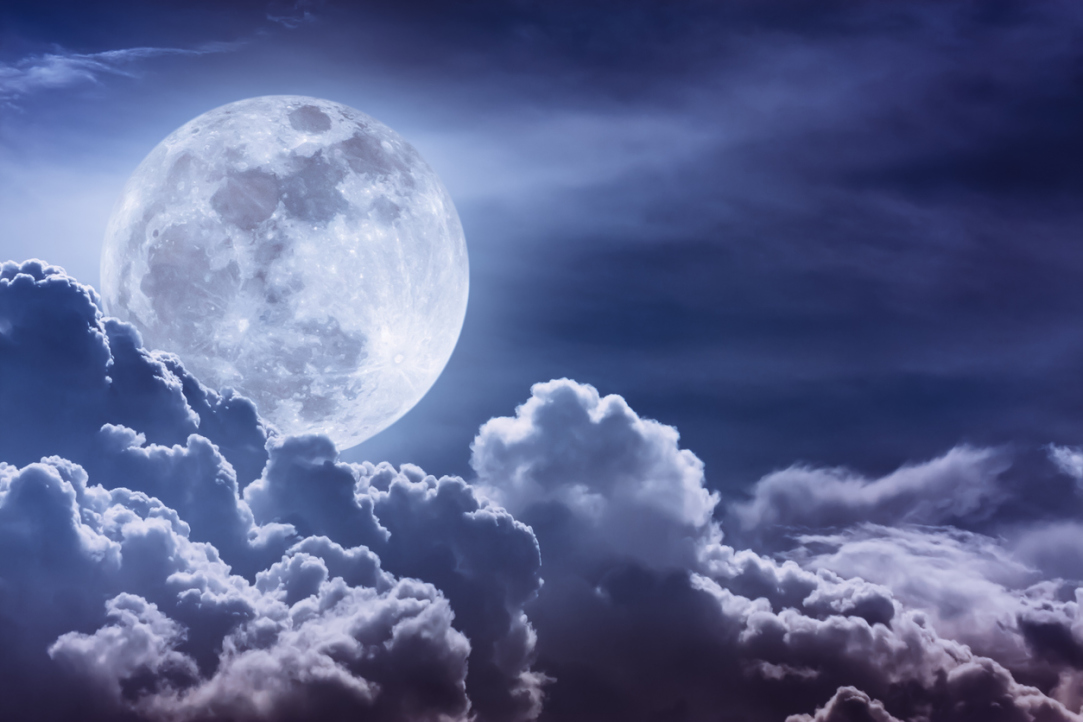
Scientists Explain Formation of Lunar Dust Clouds
Physicists from the Higher School of Economics and Space Research Institute have identified a mechanism explaining the appearance of two dusty plasma clouds resulting from a meteoroid that impacted the surface of the Moon. The study was published in JETP Letters.
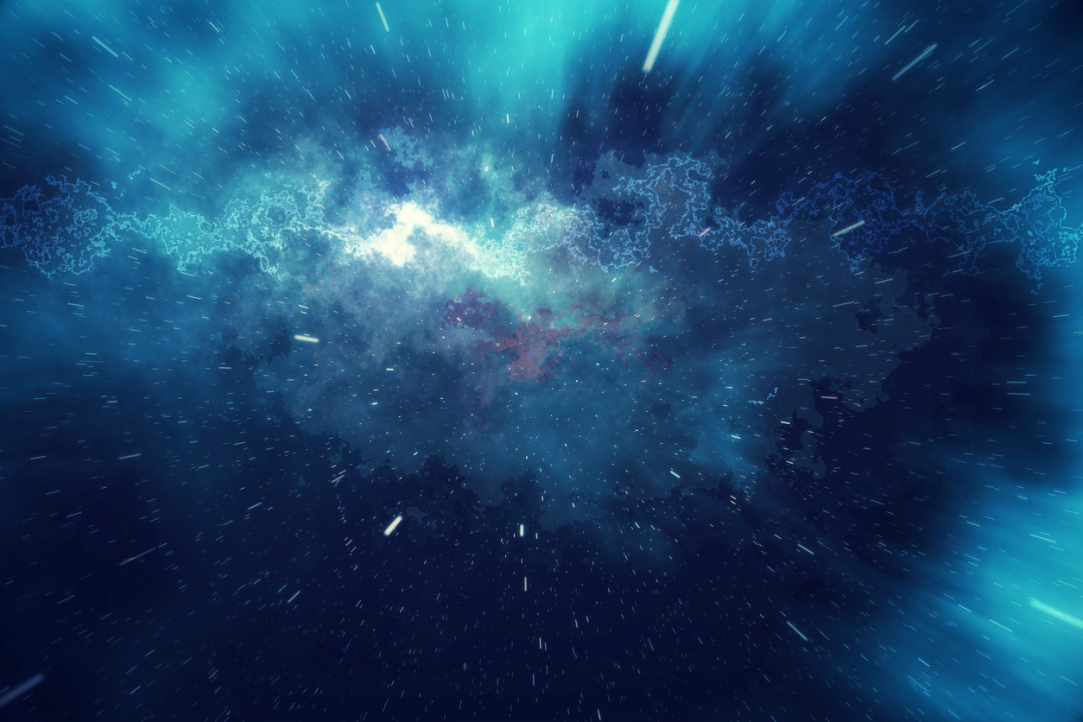
HSE Faculty of Physics Looking for Young Laboratory Heads in Breakthrough Fields
HSE University is pleased to announce an international competition for experimental research laboratories in such breakthrough fields of contemporary physics as Quantum Technologies and Novel Functional Materials. The winners will have a chance to head and develop new research laboratories based out of the HSE Faculty of Physics.

